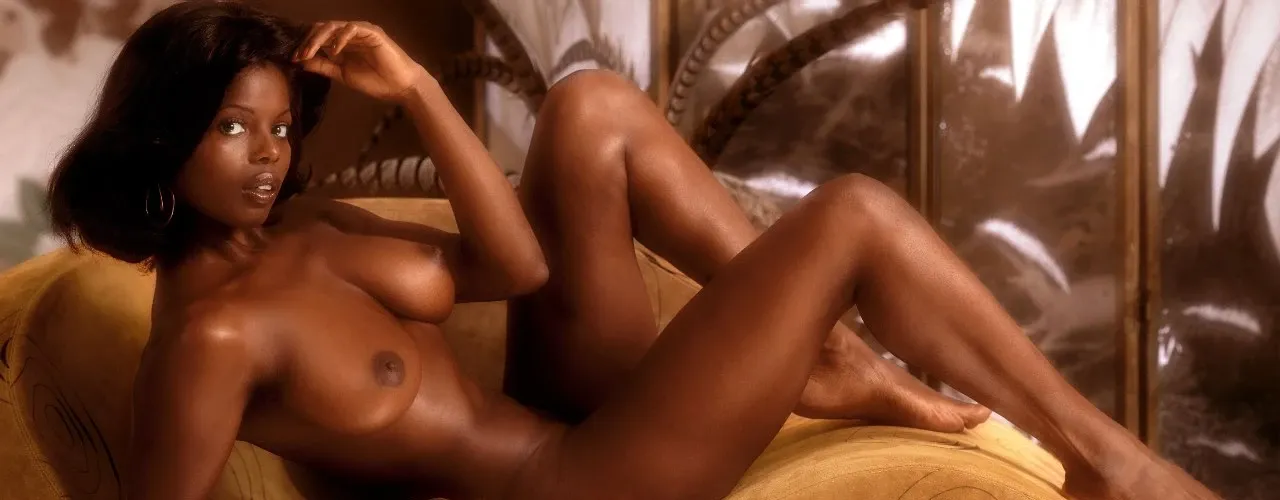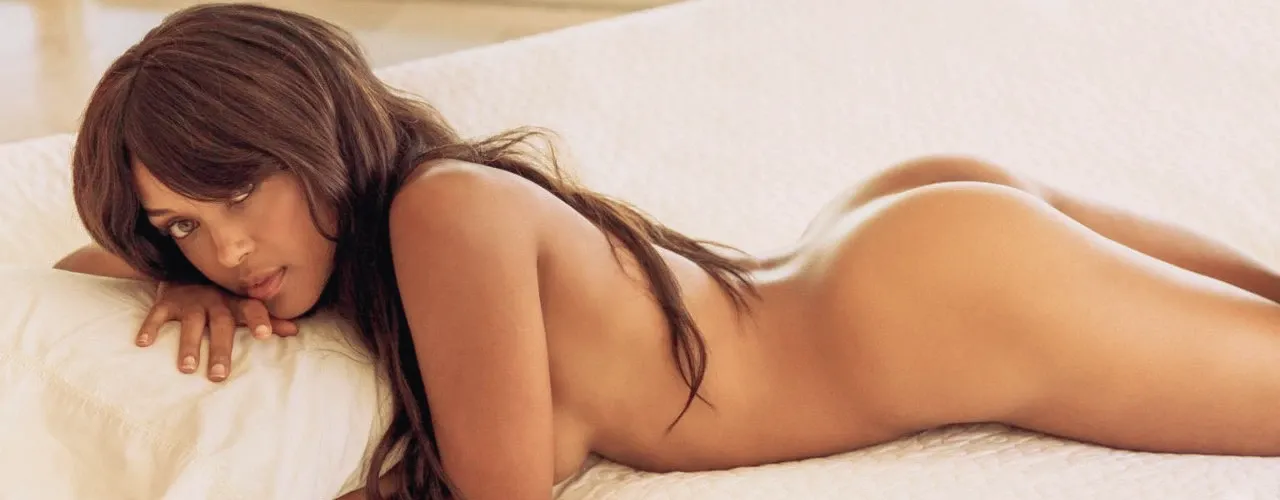The Evolution of Diversity in Playboy
A Glimpse into the Rise of Black Playmates
Welcome to The Evolution of Diversity in Playboy: A Glimpse into the Rise of Black Playmates, a comprehensive look at how Playboy magazine has evolved to embrace diversity and showcase stunning Black Playmates. In this insightful article, we explore the groundbreaking moments and cultural shifts that have led to the rise of Black women in Playboy’s iconic pages. From the first Black Playmate to today’s diverse representation, we delve into the history, struggles, and triumphs of Black women in the Playboy legacy. Through in-depth analysis and exclusive interviews, this article highlights how Playboy's evolving standards of beauty and inclusivity helped pave the way for more diverse models to be celebrated. Discover how Black Playmates have reshaped the magazine, and the adult entertainment industry as a whole, by challenging norms and promoting greater representation. The Evolution of Diversity in Playboy honors these pioneering women and provides a fascinating look at their lasting impact on pop culture and adult media.

In the glamorous world of Playboy, known for its lavish photo spreads and cultural cachet, the presence of black Playmates was not always a given. For decades, the magazine remained an emblem of Western beauty standards, showcasing predominantly white women in its centerfolds. However, as the world evolved, so did Playboy, gradually shifting towards a more inclusive representation of beauty. The journey of how Playboy began featuring black Playmates not only reflects a changing society but also highlights the magazine's role in shaping and responding to cultural movements.
The Beginning: A White-Washed Legacy
Founded in 1953 by Hugh Hefner, Playboy quickly became a symbol of the American sexual revolution. At a time when sexual liberation and the breaking of social taboos were gaining ground, Playboy positioned itself as the ultimate haven for freedom, offering not just eroticism but a lifestyle of elegance, intelligence, and power. It showcased women who fit a very particular mold—thin, blonde, and often white. For many years, the magazine's pages were virtually devoid of racial diversity.
The historical context of this lack of representation is crucial. The 1950s and 1960s, the magazine’s formative decades, were rife with systemic racism. The civil rights movement was just beginning to gain momentum, and mainstream American culture was slow to embrace racial diversity in the fashion, entertainment, and modeling industries. Playboy, as a reflection of mainstream culture, largely ignored the existence of black women within its glossy pages, aligning with the prevailing beauty standards of the time.
The First Black Playmate: A Game Changer
In 1965, a pivotal moment in Playboy’s history occurred with the introduction of its first black Playmate, Jennifer Jackson. Jackson, an African American model from Chicago, appeared as the Playmate of the Month in March of that year. Her appearance was groundbreaking, as it was the first instance in which the magazine showcased a black woman in its centerfold, challenging both Playboy’s own history and the beauty standards of the time.
Jackson's appearance was undoubtedly controversial. In an era when black people were fighting for basic civil rights and representation in almost every form of media, Jennifer Jackson’s visibility in Playboy was a quiet yet powerful statement. It marked the beginning of a slow but steady shift in how the magazine approached diversity, though the path forward would not be smooth.
Playboy's Growing Inclusivity
After Jackson’s trailblazing moment, it would take more than two decades before another black model graced the pages of Playboy. The 1970s and 1980s saw an era of cultural conservatism in the United States, during which issues of race and identity were often relegated to the background. Playboy, however, began to subtly acknowledge the shifting tides of the culture. As the 1990s arrived, the magazine began to diversify more intentionally, giving greater visibility to models of color.
In the early 1990s, Stephanie Adams became one of the most iconic black models to appear in Playboy, a time when African American culture and visibility were on the rise thanks to influential movements in music, fashion, and entertainment. Adams’s appearance as a Playmate in 1992 was symbolic not only for the magazine but also for broader societal changes. At a time when hip hop culture was beginning to dominate the mainstream, black beauty, with all its varied forms, was being recognized in ways it never had before.

The 2000s: A Turning Point
By the turn of the century, Playboy’s understanding of diversity was evolving more rapidly. The magazine, long associated with a very narrow vision of femininity and beauty, now found itself at the intersection of cultural shifts regarding race, gender, and representation. The 2000s ushered in more frequent appearances of black Playmates, including models like Ida Ljungqvist and Patrice Hollis, who helped to break down barriers that once confined black women to the periphery of the Playboy world.
The magazine's decision to showcase women of different races, body types, and backgrounds was not just a reflection of social change—it was a strategic response to a new, more inclusive cultural climate. The internet age had democratized beauty, offering a broader array of role models and influencers across various racial and ethnic lines. Social movements like Black Lives Matter and the continued rise of African American representation in media gave further momentum to this shift.
The Role of Black Women in Shaping Playboy’s Legacy
As the years progressed, black women began to have an increasingly prominent role in the narrative of Playboy. Models like Eugena Washington, Milan Dixon, and Chasity Samone were no longer just an afterthought—they were shaping the very idea of what it meant to be a Playmate. More importantly, they were doing so on their own terms, allowing for a broader definition of beauty that resonated with readers from all walks of life.
For many black women, seeing themselves reflected in the pages of Playboy was an important step toward reclaiming their narratives in a world where they had often been marginalized. These Playmates were not just representations of physical beauty; they were icons who represented cultural empowerment, with the ability to break through barriers and redefine societal norms.
The Evolution of Beauty Standards
The introduction of black models into Playboy was part of a larger cultural shift. As beauty standards began to evolve, so did the magazine’s approach to showcasing the women who embodied those standards. The 2010s saw an even more concerted effort to highlight diversity, with Playboy consistently featuring black women, along with models of Latin, Asian, and Middle Eastern descent, across its various platforms.
The magazine’s decision to embrace these changes was not just about race. It was about a fundamental shift in how we define beauty. No longer was beauty something that could be boxed into one specific mold; it was something that could be multifaceted, encompassing a wide range of cultures, body types, and expressions. The Playmates of color represented a challenge to the historical norms, proving that beauty is not defined by the color of one’s skin or the shape of one’s body, but by the confidence, strength, and individuality that each person brings to the table.
Representation Matters: The Impact of Black Playmates
For black women, representation in magazines like Playboy is more than just an acknowledgment of their physical beauty—it is an opportunity to be seen as multidimensional individuals with their own stories, struggles, and successes. Throughout the decades, the Playmates who came after Foster did not simply serve as eye candy. They became powerful symbols of progress, embracing their heritage and individuality, while contributing to the cultural narrative of empowerment and self-expression.
Playboy, as a media giant, recognized that its readers came from all walks of life, and the desire for more authentic, inclusive representation was undeniable. By diversifying its cover models and centerfolds, Playboy affirmed that beauty is not confined to a singular image or experience but is something that resonates universally, regardless of race or ethnicity.
The Changing Landscape of Playboy
As Playboy continues to evolve in the digital age, its commitment to diversity has only strengthened. The magazine’s online platforms now showcase an even broader range of models from different racial backgrounds, contributing to an inclusive narrative about beauty, confidence, and sexuality. The decision to highlight black women was not just about representing a racial group; it was about celebrating the complex layers of human beauty in all its forms.
For many, the inclusion of black models in Playboy was a long-overdue correction, an acknowledgment of the richness of the African American experience in its many facets. The modern era of Playboy may have evolved far beyond the confines of its original print issues, but its legacy remains a testament to the power of representation and the impact that visibility can have in shaping cultural norms.
A Legacy of Inclusion
From its early years as a bastion of exclusively white femininity to its current status as a more inclusive brand, Playboy’s journey toward racial diversity is a reflection of broader societal changes. The magazine’s embrace of black models—from the groundbreaking appearance of Jennifer Jackson to the vibrant and confident Playmates of today—has reshaped the landscape of beauty and empowerment. For black women, being featured in Playboy is more than just a career milestone; it is an act of defiance against the very systems that sought to marginalize them. And for Playboy, it represents a recognition that beauty, in all its forms, is worth celebrating.
The presence of black Playmates in Playboy magazine has left an indelible mark on its legacy—one that continues to inspire and challenge the ideals of beauty and representation, both in the magazine industry and beyond. Their stories are not just about glamour and allure, but about breaking barriers and creating space for a more inclusive future in the world of modeling and media.